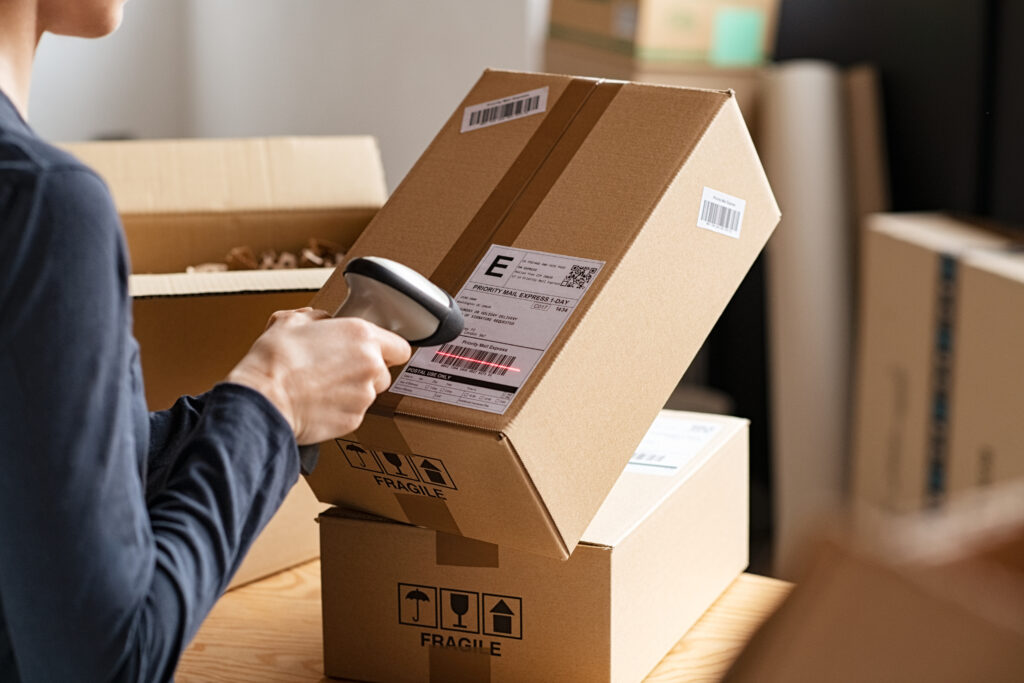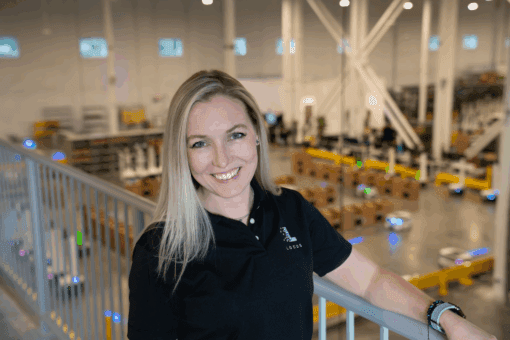WP: How to achieve 400 UPH with Locus Fast Pick
WP: How to achieve 400 UPH with Locus Fast Pick Download Now!
Packaging Automation: The Key to Sustainable and Efficient Warehouse Operations
Bryan Boatner, Global Managing Director, Ranpak

Manufacturers across industries are under pressure to deliver more and pushed to develop workflows that are faster, smarter, and greener than ever before to keep up with evolving consumer and regulatory demands. Automation in the warehouse provides a way to meet these demands and packaging automation stands out as a critical piece of the puzzle, driving efficiency, value, and sustainability across the supply chain.
In order to keep up with demand, automation has become more of a necessity than an optional value-add, but it can also serve as a powerful driver of improved sustainability, as well. At Ranpak, we specialize in sustainable packaging solutions and smart packing systems that automate box erection, right-sizing, precision void filling and cushioning, and sealing to reduce waste and improve operational efficiency. With our clientele of e-commerce, retail, industrial, and logistics customers, we’re seeing a shift as companies reach new levels of performance, cost savings, and environmental stewardship with integrated automation technology. With 73% of consumers stating that they would be willing to switch brands based on the sustainability of their packaging, these benefits become even more compelling.
Both consumers and supply chain partners are increasingly looking for solutions that can improve sustainability and speed. Automation offers the ideal solution with the ability to deliver lower costs and carbon footprints from shipping through right-sizing. Automating the packing line has additive warehouse operations value by combining the ability to reduce waste and remove bottlenecks resulting in increased throughput, especially when paired with upstream warehouse automation solutions for picking and putaway.
The Case for Automating Packaging Operations
Companies that treat packaging automation as a strategic asset, and not just a cost-saving tool will be better positioned for long-term success, due to benefits across five key areas:
- Operational Efficiency: Packaging automation reduces bottlenecks, improves throughput, and ensures consistency.
- Material and Cost Savings: Right-sized packaging lowers material use, shipping costs, and product damage, while automation delivers consistent savings across labor and logistics.
- Sustainability Gains: Automated rightsizing and paper-based materials reduce carbon emissions and plastic waste, align with key sustainability goals and green consumer values, and increase regulatory pressures.
- Data and Optimization: Smart systems provide real-time analytics to improve efficiency, proactively identify issues, and enable data-driven decisions.
- Scalability and Future Proofing: Automation provides the adaptability to accommodate growth and evolving market demands, and offers resilience against labor shortages and regulatory changes with the flexibility to handle peaks in demand.
Results and Trends
The bottom line is that packaging automation is a strategic investment and milestone along the path to growth as businesses pursue efficiency, sustainability, and long-term scalability. Modern warehouse automation solutions are designed to adapt to dynamic order profiles, reduce labor dependency, and optimize material usage. Solutions like Ranpak’s DecisionTower™ with FillPak Trident™ show how AI can be paired with more sustainable packaging materials like paper-based void fill, scan each box and dispense only what’s needed, reduce paper use by up to 35%, and enhance protection, efficiency, and sustainability. Pairing automation with sustainable paper can help reduce plastic pollution which contributes to the degradation of our natural environment through plastic pollution. Once in the environment, plastics break down into microplastic particles and can take hundreds of years to fully decompose.
Getting Started: Strategies for Integration
Strategically integrating packaging automation enables warehouses and fulfillment centers to respond faster to customer demands, scale efficiently, and meet growing sustainability expectations tied to both brand reputation and regulation.
To begin, warehouses can prioritize areas where packaging automation will have the most impact, such as right-sizing, void fill optimization, or throughput improvements. From there, building a successful integration plan typically includes several core elements across facility layout planning, system compatibility and data integration, training and change management, as well as testing and iteration. It’s essential to approach this adoption not as a standalone solution, but as part of a connected ecosystem that links packaging operations to upstream and downstream automated processes across the supply chain.
Working with an experienced partner can streamline this process. From evaluating needs and mapping out requirements to configuring systems and supporting onboarding, integration success depends on having a clear understanding of operational goals, capabilities, and constraints.

Bio
Bryan Boatner joined Ranpak in 2023. He has extensive experience in factory automation, barcode scanning, warehouse automation, machine vision, and robotics integration. As Managing Director of Automation, he is accelerating the company’s packaging automation capabilities and mission as Ranpak expands its portfolio of modular, innovative, and sustainable packaging automation solutions, providing deep insights into both the technology and business elements of the next-generation supply chain.
About Ranpak
Ranpak is a global leader in sustainable packaging solutions, focused on delivering tools to help improve supply chain performance and costs, reduce environmental impact, and support a variety of growing business needs globally. Our portfolio includes solutions that automate key functions like box erection, right-sizing, void filling, and sealing, helping businesses improve efficiency, reduce waste, and meet evolving environmental standards. The development and improvement of materials, systems, and total solution concepts have earned Ranpak a reputation as an innovative leader in e-commerce and industrial supply chain solutions, partnering with companies across sectors to optimize packaging performance and enable more resilient, responsible supply chains.




